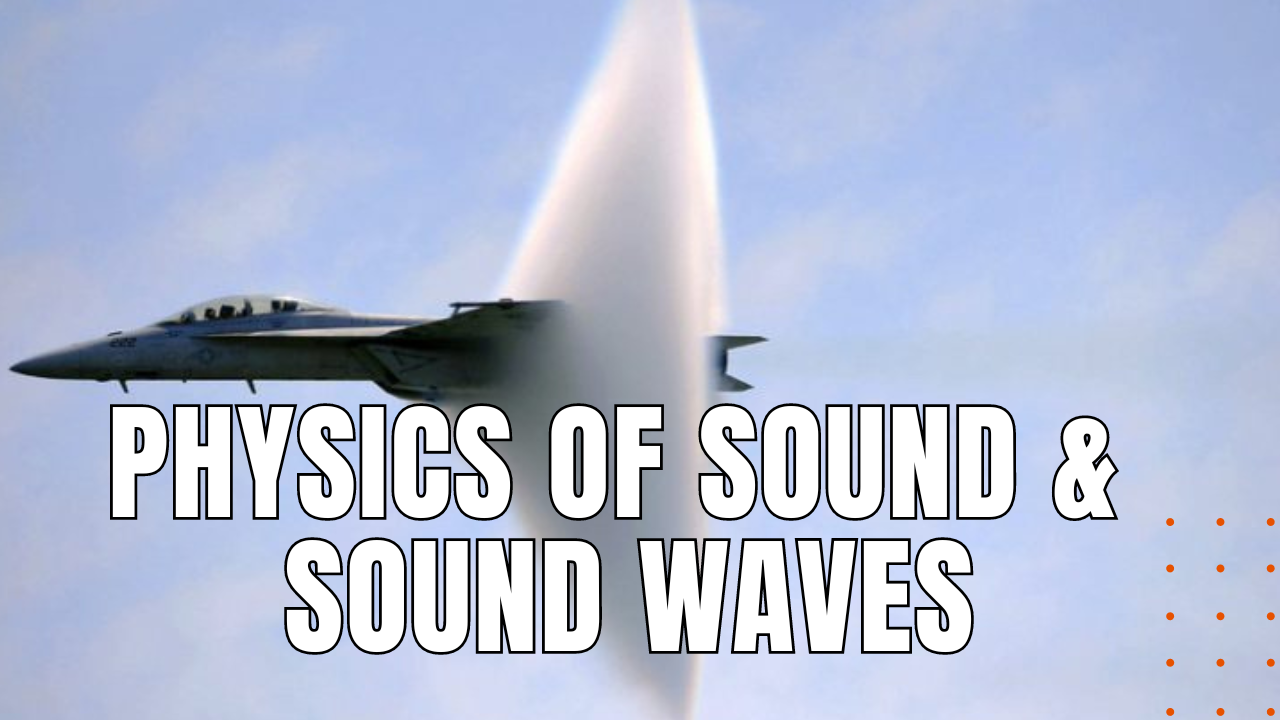Physics of Sound & Sound Waves

Sound is a type of energy that travels through mediums such as air, water or solid objects in the form of vibrational waves that make the surrounding mediums they encounter vibrate as well. The resultant sound waves caused by such vibrations are a form of mechanical wave in the study of physics, meaning they require different forms of mediums to travel through, since they can’t propagate in a vacuum. Possessing longitudinal waves, sound waves vibrate a given medium parallel to the direction of the propagating wave, pushing or pulling on the adjacent particles in the form of compression, when particles are closer together and rarefaction when particles are farther apart, in turn transmitting sound energy through a given medium.
Key Properties
Sound waves can be further understood by their key properties, including frequency, wavelength, amplitude and speed of sound. Measured in Hertz, frequency refers to the number of complete wave cycles that pass a given point in a single second, which in turn determines the pitch of the sound, wherein higher frequencies correspond with higher pitches, while the reverse applies to lower ones. Wavelength refers to the distance between two consecutive compressions or rarefactions in sound waves, whereby high frequency sounds have shorter wavelengths while lower frequency sounds have longer ones. Amplitude measures the loudness of sound, based on the maximum displacement of particles in a given medium from their equilibrium position, wherein greater amplitudes result in louder sounds, while the speed of sound is determined by a given medium’s inherent properties, including density and elasticity, whereby sound travels faster through solids over liquids and liquids over gases.
Predictable Behaviors
Sound can be further quantified through a sound wave’s behavioral measurements of reflection, refraction, diffraction and interference. Much like light reflection, sound reflection occurs when sound waves encounter a barrier or a change in medium, resulting in echoes, while refraction occurs when sound waves bend when they pass from one medium to another or when a temperature gradient exists in the same medium. Diffraction occurs when sound waves bend around obstacles or spread out after passing through an opening, while interference occurs when two or more sound waves overlap and interfere with each other, either to reinforce each other in the case of constructive interference or cancel each other out in the case of destructive interference, making sound and sound waves, fundamental principles in the study of physics.
